Product Detail
Product Nameactive+pro Caspase 3 Rabbit mAb
Clone No.SU38-04
Host SpeciesRecombinant Rabbit
Clonality Monoclonal
PurificationProA affinity purified
ApplicationsWB, IHC, IP
Species ReactivityHu
Immunogen Descrecombinant protein
ConjugateUnconjugated
Other NamesApopain antibody CASP 3 antibody CASP-3 antibody CASP3 antibody CASP3_HUMAN antibody Caspase 3 antibody Caspase-3 subunit p12 antibody CPP 32 antibody CPP-32 antibody CPP32B antibody Cysteine protease CPP32 antibody PARP cleavage protease antibody Protein Yama antibody SCA-1 antibody SCA1 antibody SREBP cleavage activity 1 antibody Yama antibody
Accession NoSwiss-Prot#:P42574
Uniprot
P42574
Gene ID
836;
Calculated MW35 kDa
Formulation1*TBS (pH7.4), 1%BSA, 40%Glycerol. Preservative: 0.05% Sodium Azide.
StorageStore at -20˚C
Application Details
WB: 1:1,000-1:2,000
IHC: 1:50-1:200
Western blot analysis of active+pro Caspase 3 on Jurkat cells lysates using anti-active+pro Caspase 3 antibody at 1/1,000 dilution.
Immunohistochemical analysis of paraffin-embedded human lung cancer tissue using anti-active+pro Caspase 3 antibody. Counter stained with hematoxylin.
Immunohistochemical analysis of paraffin-embedded human liver tissue using anti-active+pro Caspase 3 antibody. Counter stained with hematoxylin.
Immunohistochemical analysis of paraffin-embedded human spleen tissue using anti-active+pro Caspase 3 antibody. Counter stained with hematoxylin.
Immunohistochemical analysis of paraffin-embedded human kidney tissue using anti-active+pro Caspase 3 antibody. Counter stained with hematoxylin.
Caspase-3, also known as apopain, SCA-1, Yama and CPP32, is an aspartate-specific cysteine protease that belongs to the ICE subfamily of caspases. Caspase-3 is expressed in cells as an inactive precursor from which the p17 and p11 subunits of the mature caspase-3 are proteolytically generated during apoptosis. The caspase-3 precursor is first cleaved at Asp175-Ser176 to produce the p11 subunit and the p20 peptide. Subsequently, the p20 peptide is cleaved at Asp28-Ser29 to generate the mature p17 subunit. The active caspase-3 enzyme is a heterodimer composed of two p17 and two p11 subunits. At the onset of apoptosis, caspase-3 proteolytically cleaves PARP at an Asp216-Gly217 bond. During the execution of the apoptotic cascade, activated caspase-3 releases SREBP from the membrane of the ER in a proteolytic reaction that is distinct from their normal sterol-dependent activation. Caspase-3 cleaves and activates SREBPs between the basic helix-loop-helix leucine zipper domain and the membrane attachment domain. Caspase-3 also cleaves and activates caspase-6, -7 and -9. The human caspase-3 gene encodes a cytoplasmic protein that is highly expressed in lung, spleen, heart, liver, kidney and cells of the immune system.
If you have published an article using product 48844, please notify us so that we can cite your literature.


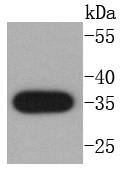
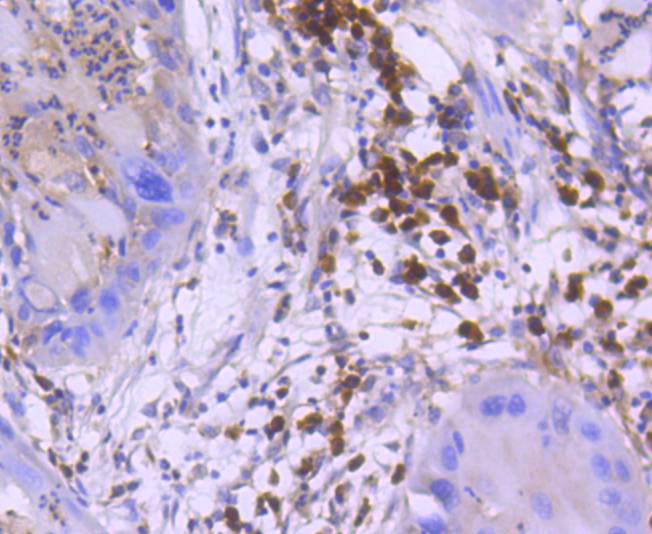
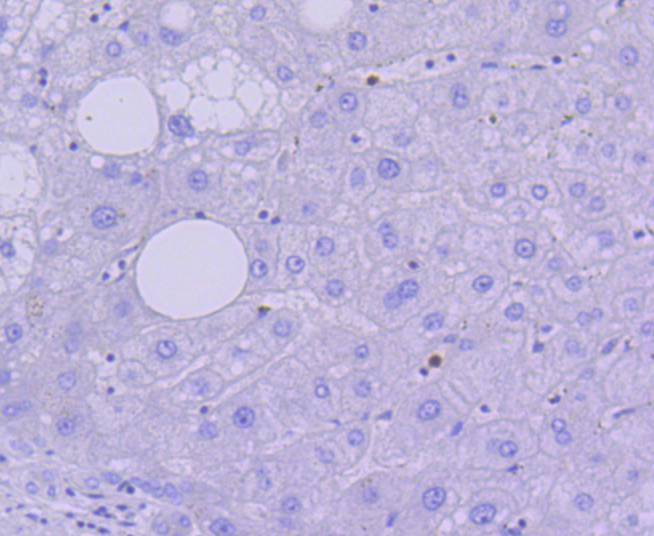
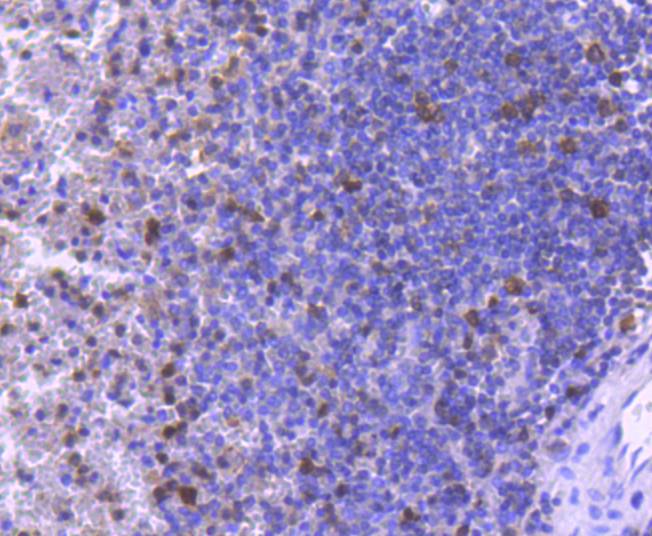
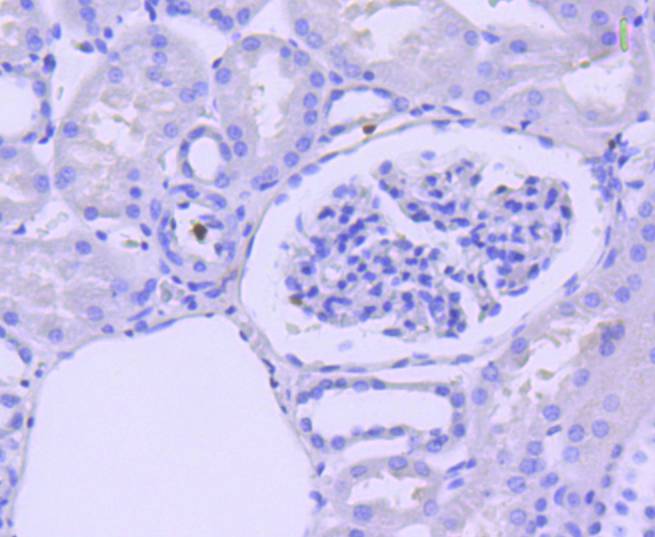
 Yes
Yes



